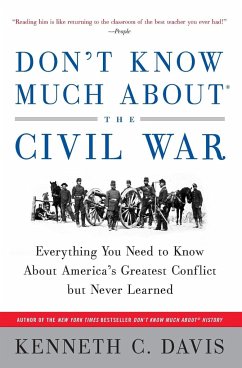Disasters threatened Vicksburg on both ends of the Mississippi River early in the war. South of the mighty bastion, New Orleans--one of the Confederacy's most important cities--fell in April 1862. Memphis to the north fell two months later. Vicksburg, Mississippi, stood defiantly between the captured cities atop 300-foot bluffs that dominated the wide mighty river. So long as "the Hill City" remained in Rebel hands, the Confederacy controlled river traffic and maintained a vital connection between the Trans-Mississippi states and those east of the river. Vicksburg was the "Gibraltar of the Confederacy." Federal Maj. Gen. Ulysses S. Grant had learned how to use rivers as "water highways" to drive deep into the heartland of the Confederacy. His skillful utilization of the Tennessee and Cumberland rivers helped capture Forts Henry and Donelson and Nashville and opened the state of Tennessee and northern Mississippi to United States forces. His next goal was on the Mississippi River, "the Father of Waters" itself. That meant capturing Vicksburg. Doing so would require unparalleled cooperation from the U.S. Navy and the help of an ambitious naval commander, Admiral David Dixon Porter. The general and the admiral would spend many long months probing, maneuvering, bombarding, assaulting, and even digging in their joint effort to find a way to get at the nearly unreachable Confederate Gibraltar. Two major obstacles stood in their way. The first was Lt. Gen. John C. Pemberton and his Confederate army. Pemberton, a native Pennsylvanian who had thrown his lot in with the Confederacy, was promoted and dispatched to protect the river city after a poor performance along the southeast Atlantic coast. He had never commanded an army in the field. Many in the South doubted his loyalty as well as his abilities as a commander. The second difficulty perhaps even more formidable than Pemberton's army was the terrain. That part of Mississippi was riddled with alluvial lowlands filled with malarial swamps and canebrakes, woods, deep bayous, and steep ridges. High-water floods and low-water navigation dangers abounded. The capture of Vicksburg was one of the longest and most complicated campaigns of the Civil War. Sadly, much of it remains murky or almost entirely forgotten to most students of the war. Historian Matt Atkinson's Confederate Gibraltar: The Vicksburg Campaign from the Fall of New Orleans through the Battles in the Bayou is the first of three volumes on this Herculean effort to split the Confederacy asunder and open the Mississippi River to the sea.







